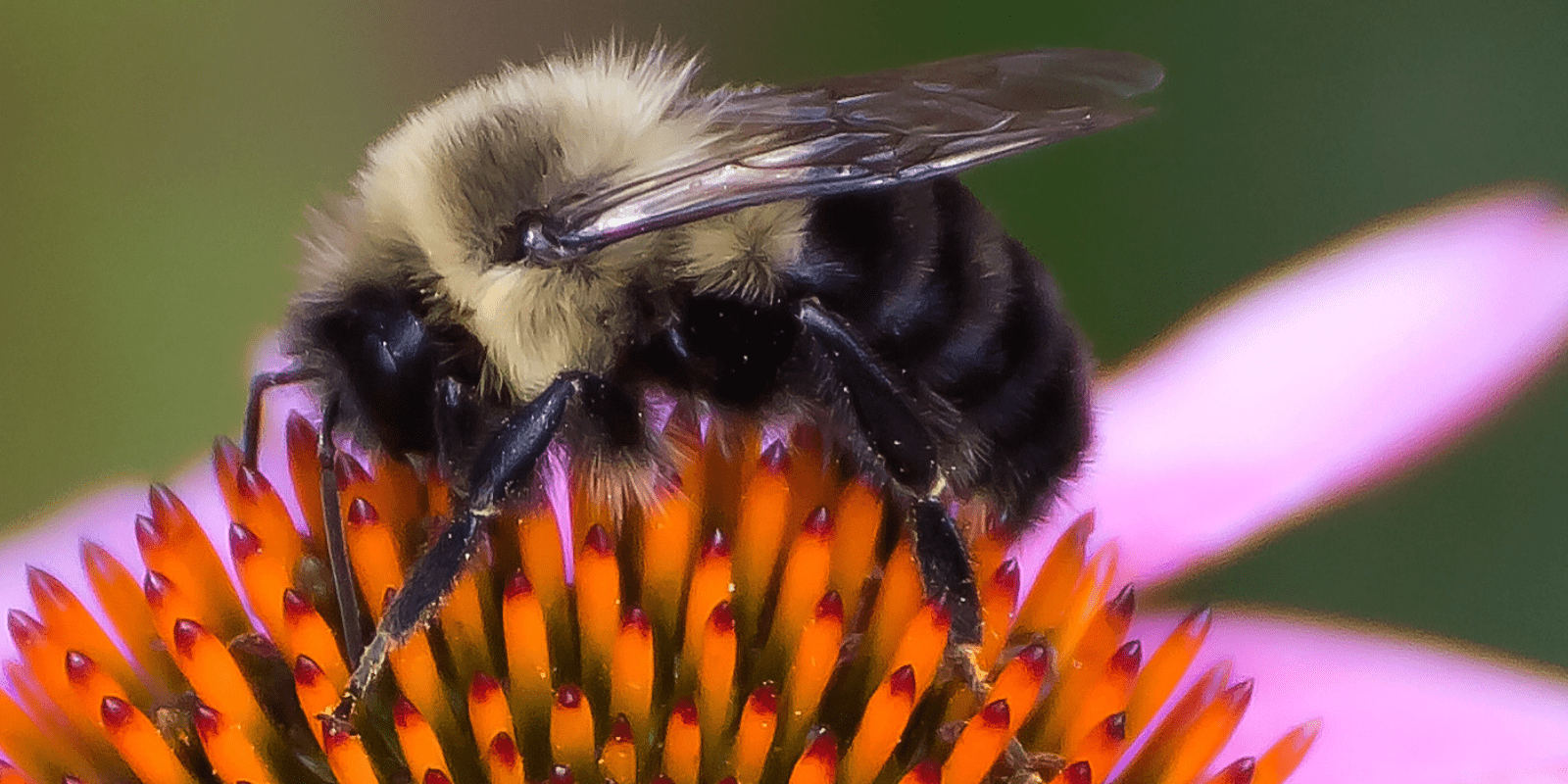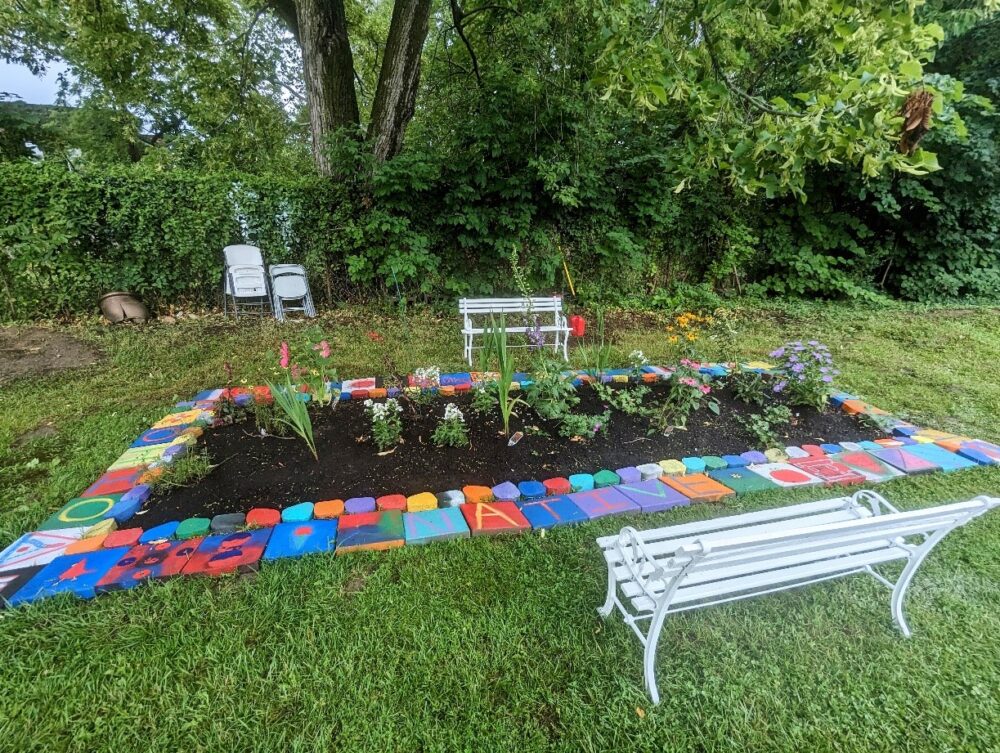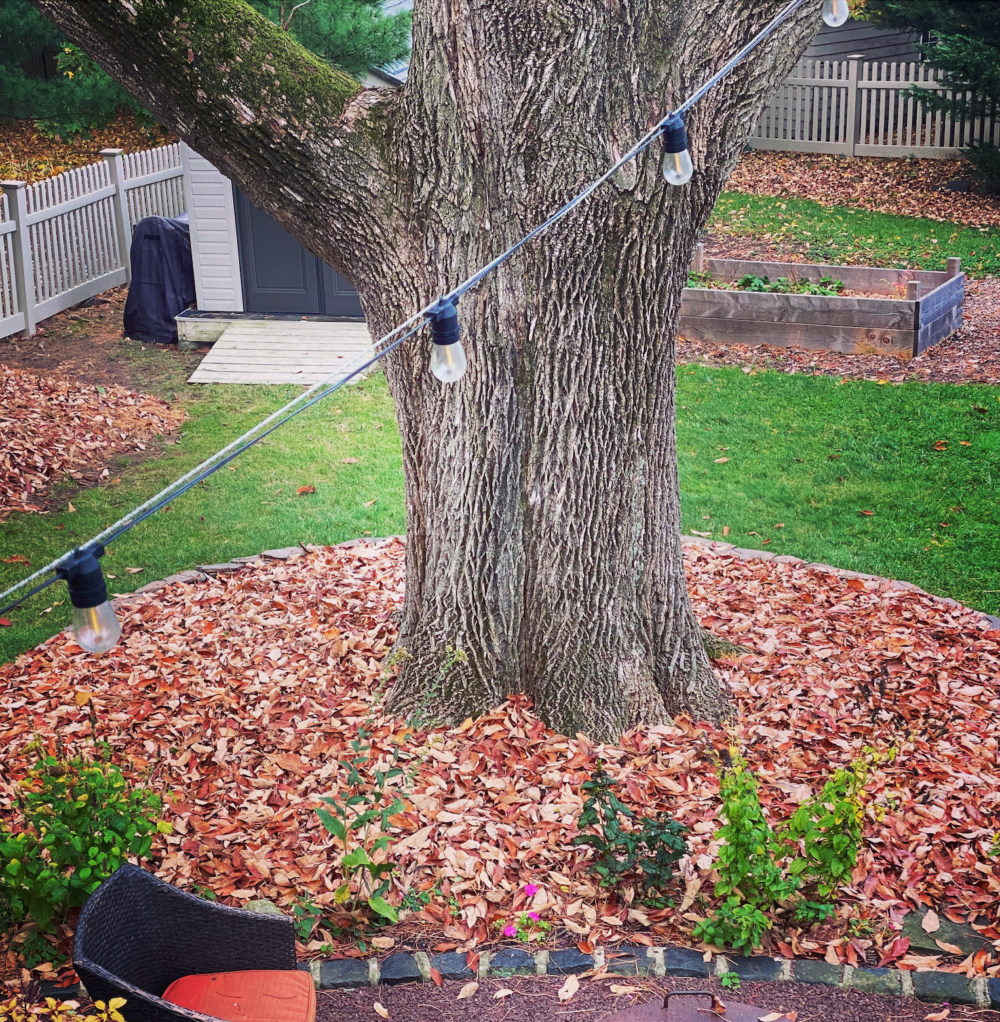We have much more to do and your continued support is needed now more than ever.
A Million Pollinator Gardens Create Hot Spots to Help Bees and Butterflies

The National Wildlife Federation is proud to announce that 1,040,000 gardens have successfully been registered under the Million Pollinator Garden Challenge (MPGC) 2015-2018. We helped launch the Challenge and co-founded the National Pollinator Garden Network (NPGN) in June 2015. This is a nationwide call to action to preserve and create gardens and landscapes that help revive the health of bees, butterflies, birds, bats and other pollinators. This collaboration provides hands-on opportunities for citizens to help wildlife as part of our larger monarch and pollinator work.
Participants in our Garden for Wildlife movement contributed a full one-third of the pollinator gardens counted under the Challenge. The efforts of these participants who registered their yards and gardens as Certified Wildlife Habitats®, along with those who did Butterfly Heroes™ and Trees for Wildlife™ plantings, all helped successfully reach the goal of the Challenge, as did mass networks of school gardens from our Schoolyard Habitats® and Eco-Schools USA campuses, and college Campus Pollinator Pledges. Leadership in over 450 municipalities enhanced and created new pollinator habitat across their towns and cities through our’s Mayor’s Monarch Pledge.
The result is a nationwide network of pollinator habitat within America’s cities, towns and neighborhoods. Municipalities with outstanding numbers of registered gardens have been designated as Pollinator Gardening Hot Spots. Concentrations of these gardens can create stepping stones of habitat between gardens and parks that, together with wildlands, maintain healthy pollinator populations. Research shows that these floral-rich, small-scale gardens are proven to increase pollinator abundance and diversity.

This is best illustrated in areas where bee species numbers reach their zenith, such as the desert Southwest and, in the East, within the Smoky Mountain region. In the desert Southwest, the Phoenix-Mesa-Scottsdale, Arizona metro area, plus the smaller towns of Santa Fe, New Mexico, and Prescott and Flagstaff, Arizona, are top performing pollinator garden cities and towns per capita. In the Smoky Mountain region, which straddles North Carolina and Tennessee, towns across the two states contributed over 35,000 gardens.
Some of the 35,000 fell across rural lands in Eastern North Carolina to urban cityscapes in the Piedmont, where the North Carolina Wildlife Federation (NCWF) launched the Butterfly Highway and is working to protect habitat and build advocacy and awareness for pollinators. More than 2,000 pollinator pit stops have been registered on the Butterfly Highway protecting over 30,000 acres of land for pollinators. Learn more about how the Butterfly Highway is bringing together a coalition of public and private landowners committed to protecting and conserving habitat for pollinators and wildlife across North Carolina. Mirroring the national efforts of the Million Pollinator Garden Challenge, NCWF is helping to create corridors across North Carolina for butterflies, birds, bumble bees and all of the native pollinators in the state.
The Nebraska Wildlife Federation (NeWF) is creating a downtown flyway for monarch butterflies and other pollinators in Lincoln, Nebraska. The Downtown Lincoln Association and the Nebraska Statewide Arboretum are collaborating to put native plants and educational signage along an eight-block stretch downtown during spring and early summer and will be celebrating with a Pollinator Week even, June 17-23. This summer, NeWF will have completed 8 Waterwise Schoolyard Pollinator Gardens across the Lincoln area, and is encouraging continued pollinator habitat with the promotion of Certified Wildlife Habitats® throughout the state.

St. Louis, Missouri exemplifies a local MPGC efforts where several organizations worked together for big results. The city of St. Louis currently hosts nearly 45 percent of the bee diversity of the state, likely making it one of the most species-rich cities relative to its state’s total bee fauna in the entire country. (Camilo, 2017)
Former St. Louis Mayor Francis Slay was the first of 450 leaders to take National Wildlife Federation’s Mayors’ Monarch Pledge. The City’s Milkweeds for Monarchs: The St. Louis Butterfly Project resulted in more than 400 monarch gardens in the City of St. Louis.
Simultaneously, St. Louis County Parks, local Million Pollinator Garden Challenge Proclamation and Pollinator Pantry, along with garden centers and community groups, all rolled up their sleeves to convert acres into pollinator habitat. Nearby, Chesterfield’s Community Wildlife Habitat® enriched and expanded habitat gardens with pollinator plants.
The National Wildlife Federation played a critical role as a co-founder and facilitator of The National Pollinator Garden Network–one of the largest efforts in size and scale on behalf of pollinators, and the first to engage the horticultural and voluntary sector in a major role. Through our Garden for Wildlife program, we are committed to working with regional ecological landscaping efforts, master gardeners, native plant societies and the garden trade to advance a full-scale shift toward sustainable practices and increase native plant and seed supplies. Our supporters and members are helping us transform the landscape for the good of pollinators and other wildlife. A National Gardening Survey shows that 35 million Americans garden with flowers annually. We now challenge each of them to plant at least three native flowering plants for pollinators each spring to guarantee three-season bloom so we can significantly build on the million garden movement.
Learn More




















